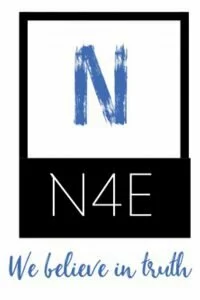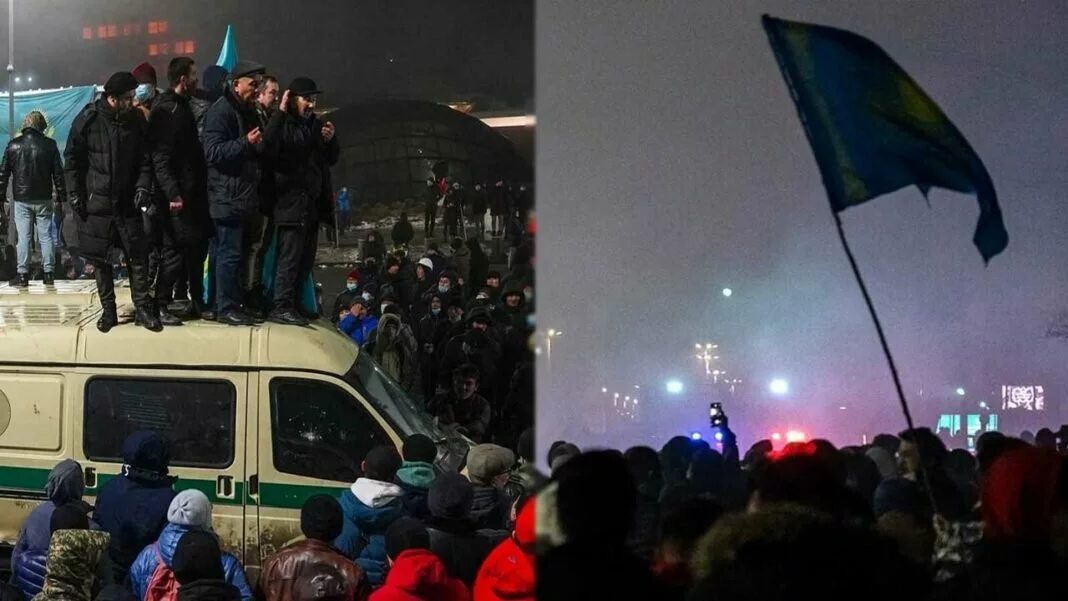Protests in Kazakhstan: President Kasim Jomart Tokayev said in a televised speech that foreign-trained “terrorist” gangs were seizing buildings, infrastructure and weapons and had brought five planes, including foreigners, to Almaty airport. Riots were recorded in several cities in Kazakhstan as thousands of demonstrators took to the streets against the sharp rise in the price of liquefied petroleum gas (LPG), used by most Kazakh cars as fuel.
The price hike came after the country made a smooth transition to LPG e-commerce to stop public fuel subsidies and let the market control prices. Although the government announced on Tuesday that fuel prices will drop below pre-hike levels and President Kassym Jomart Tokayev sacked his government on Wednesday, protests continue.
What is? The main issue
The price hike came after the country made a smooth transition to LPG e-commerce to stop public fuel subsidies and let the market control prices. In spite of the government’s announcement on Tuesday that fuel prices would be cut below pre-hike levels and President Tokayev’s resignation of his cabinet on Wednesday, protests continue.
On January 1 (Saturday), the government fully liberalized prices in the hopes that supply would increase and help alleviate chronic shortages. However, the measure backfired, with prices nearly doubling overnight to 120 tenge per liter.
The Protest Began Where?
Popular anger first spread over the weekend in oil-rich western Kazakhstan. On Tuesday, the whole country was in his grip. Public anger was already skyrocketing over rising inflation, which approached 9% year-on-year, the highest in more than five years after the central bank raised interest rates to 9.75 %. An estimated one million people live below the poverty line in a resource-rich country of 19 million people. So far, the protests have had no effect on Kazakhstan’s oil production.
Protests in Kazakhstan: Eight police officers killed in protests
According to the Russian Sputnik news agency, eight members of the police and national security forces personnel were killed in the riots that broke out on Tuesday and Wednesday. Protesters stormed the airport in Almaty, Kazakhstan’s largest city, forcing the cancellation of flights, Reuters news agency reported. President Tokayev said in a televised speech that foreign-trained “terrorist” gangs were taking control of buildings, infrastructure and weapons and had brought five planes, including foreigners, to Almaty airport. A resident of Almaty told Reuters that vodka was being distributed in Almaty’s main square. “There is total chaos in the streets,” he said. The Armenian prime minister said on Thursday that a Russian-led security coalition of former Soviet states would send peacekeepers to Kazakhstan.
It’s All About Nazarbayev
Initially sparked by anger over rising fuel prices, the protest quickly spread to widespread opposition to President Tokayev’s predecessor, Nursultan Nazarbayev, who remained “the leader of the nation” despite his departure in 2019 afterwards. nearly three decades of government. He retained significant power. Nazarbayev, 81, is considered the main political force in his eponymous capital, NurSultan. His family is believed to control the largest economy in Central Asia. They have not been seen or heard from since the start of the protests.
Videos surfaced on social media showing protesters tied with ropes to the bottom of a giant bronze statue of Nazarbayev, which they then shot. Nazarbayev, who was removed from his post by Tokayev to appease protesters, still enjoys the support of Russian President Vladimir Putin.
The Government Response To The Protest
The Kazakh authorities imposed a national state of emergency and sent military units to fight what Tokayev called “terrorist”. The state of emergency gives Tokayev the power to impose a curfew, ban protests and restrict internet access to quell rare gatherings in Kazakhstan. According to Netblox, a London-based monitoring agency, there was an internet blackout across the country on Wednesday, a day after the mobile internet crash and partial restrictions.
A Look At The Bigger Pictures
The action is the Kremlin’s second major step in supporting an ally who has been in trouble for several years. In 2020, President Vladimir Putin backed Belarusian leader Alexander Lukashenko’s crackdown on popular protests, which led to sanctions from the United States and its allies. The Kremlin has consistently condemned street protests in former Soviet states, calling them attempts by the West to use “color revolutions” to topple governments. the Carnegie Moscow Center, he wrote on Facebook. “Just as Russia was invading Ukraine, suddenly there are protests across Kazakhstan that may need to be defended. State Department spokesman Ned Price called Kazakhstan a ‘valuable partner’ and said said the United States was monitoring the situation closely.



















